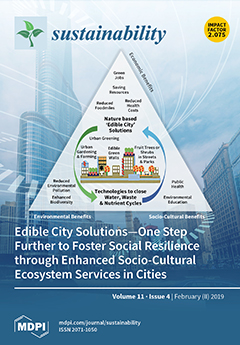Fine particulate matter (PM
2.5) has been an important environmental issue because it can seriously harm human health and can adversely affect the economy. It poses a problem worldwide and especially in China. Based on data of PM
2.5 concentration and night light data, both collected from satellite remote sensing during 1998–2013 in China, we identify the socio-economic determinants of PM
2.5 pollution by taking into account the spatial flow and diffusion of regional pollutants. Our results show PM
2.5 pollution displays the remarkable feature of spatial agglomeration. High concentrations of PM
2.5 are mainly found in Eastern China (including Shandong, Jiangsu, and Anhui provinces) and the Jing-Jin-Ji Area region in the north of China (including Beijing, Tianjin, and Hebei provinces) as well as in the Henan provinces in central China. There is a significant positive spatial spillover effect of PM
2.5 pollution, so that an increase in PM
2.5 concentration in one region contributes to an increase in neighboring regions. Whether using per capita GDP or nighttime lighting indicators, there is a significant N-shaped curve that relates PM
2.5 concentration and economic growth. Population density, industrial structure, and energy consumption have distinct impacts on PM
2.5 pollution, while urbanization is negative correlated with PM
2.5 emissions. As a result, policies to strengthen regional joint prevention and control, implement cleaner manufacturing techniques, and reduce dependence on fossil fuels should be considered by policy makers for mitigating PM
2.5 pollution.
Full article





